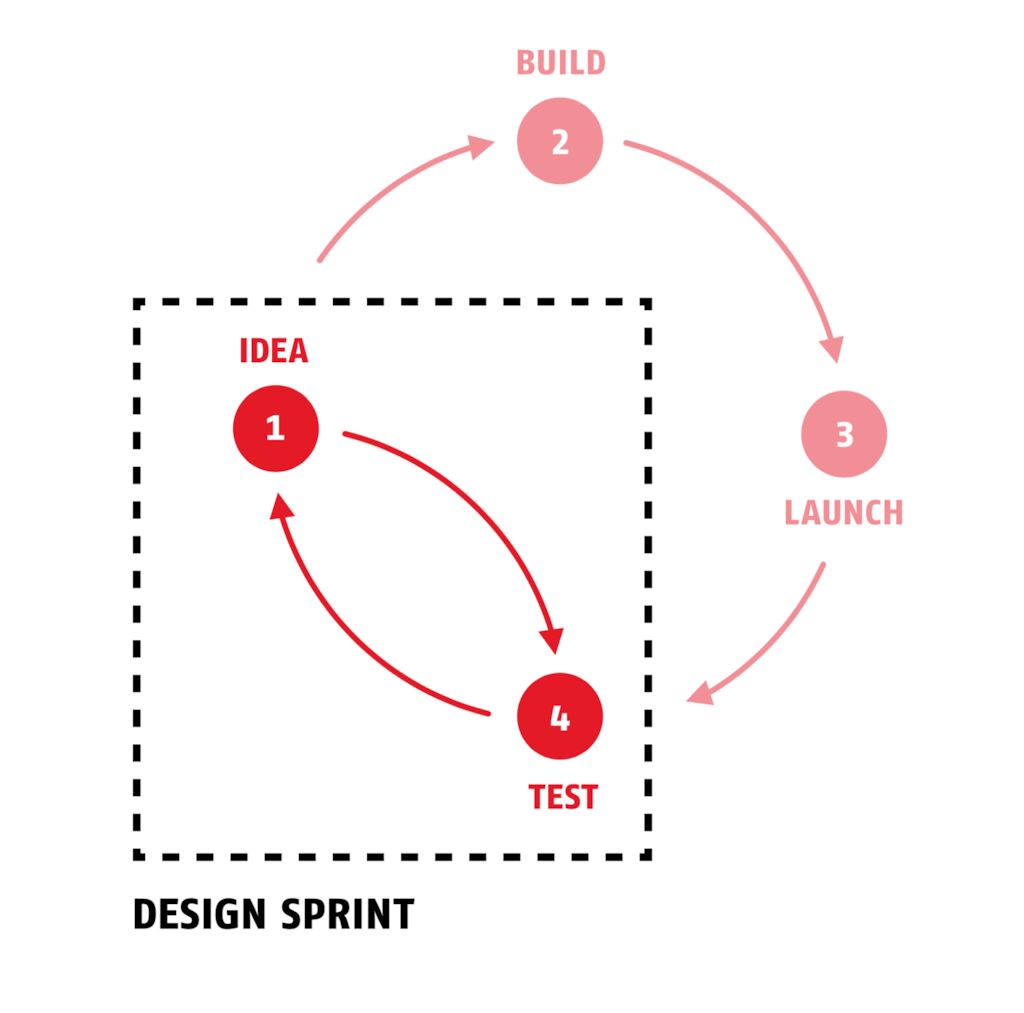Not quite as intimidating as it might first sound. “But why do we need it? What about all those methods that have worked in agencies for decades? Why should we adopt the methods of other industries when we have plenty of our own?!” These are valid concerns, but put it this way: They are building the things that bring people into contact with brand. You do not have to become them, but it is absolutely imperative that you understand what they do and what it means for your work.
It is not, therefore, jumping on the bandwagon of the latest trend. It is about collaboration, cooperation, and interdisciplinary understanding. There is an ever-increasing amount of research evidence that indicates the fundamental impact this has on business success and effectiveness. A recent large study undertaken by McKinsey writes that “overcoming isolationist tendencies is extremely valuable. One of the strongest correlations we uncovered linked top financial performers and companies that said they could break down functional silos.”
I know this place …
That might strike fear into the heart of the traditionalist. ‘Disruption’? Ergh! ‘Interface’? No, in your face! And yet, haven’t we been here before? Consider this: Agencies have experienced and survived—or better yet, thrived from—disruption (shudder) many times over.
With the advent of a new medium or media, initial uptake is often slow and interpretation/implementation of said medium sporadic, varied. Access is limited to those with either the budget, the mastery, or both, to exploit what it has to offer. Experts in the field tell you that everything you’re doing is wrong and ‘doesn’t work’ with the new best thing since sliced bread. In the spirit of buzzwords, let’s call this the ‘Challenge.’
And then, slowly, the tools get better, standards appear and materials get cheaper. Methods and ideas being to homogenize, the ‘market’ begins to saturate. What was once an advantage—money and size, say—threatens to be your poison chalice as smaller, faster dolphins zip around and in front of the impressive but slow blue whale, changing direction at will. Ready for buzzword bingo round two? We’ll call this ‘Normalisation.’
You are not a blue whale, you are Gandalf the wizard
Questioning one’s own relevance when new, unfamiliar territories are suddenly the centre of attention is totally normal. But let’s take a step back. Perhaps that’s not what’s happening. Naturally, everyone is going to experiment with the latest thing, and some will get extremely good at it, even faster than you. But this doesn’t make you obsolete—quite the opposite.
Whether it’s for current or new clients, you, as a brand agency, are uniquely poised to harness the value of the new, uncharted medium. And not only that: The challenges you are facing now are challenges that you have already survived before, in a different context, for a different medium. Sure, there are new tools, more tools, more touchpoints, new understanding required to stay on top of it all, but not one of those things replaces anything. Indeed, success in each one of these areas is dependent on your ability and experience in what’s gone before.
Imagine this: a being that has walked the earth for millennia, observing the trajectory, folly, and resilience of mankind, like Gandalf the wizard in Tolkein’s Lord of the Rings. You’ve spent a lifetime defining what a brand is, wants to be, should be, what it means to various people in various contexts. What do you do with that exclusive knowledge? The power is in your hands to prove why that’s valuable, and, crucially, convey that value to others.
In it together
The complexity of the new challenges before us today mean that we can’t do it all alone. At some stage in the process we will reach the limits of our capabilities and have to pass the baton. It is, therefore, utterly essential that we correctly lay the groundwork for the next people in the race. If we do not understand what has been done and what needs to be done next, how can we construct and document our work in a way that is useable for the next stage in the process? The biggest challenge, then, in this ‘brave new world’ is not the medium, it is working together.
Think back to Design Sprints. They are not only popular because cool people said they’re good. They’re popular because they are effective, and developed through consensus. No one ‘owns’ the concept, and this has allowed it to be tested, criticized, revised, repurposed, validated countless times over. The very collaboration that a Design Sprint champions as a core principle is the same thing that has refined the process so strongly into what we know it as today.
The de facto transparency of the process means there is nowhere to hide, but also that there are no knowledge gaps. Everyone involved understands what has been done and needs to be done; you, the client, even the user directly informs part of the process. This is a great microcosm for the greater challenge: We are only as relevant as others understand us to be.
Collaboration breeds transparency, transparency breeds understanding, and understanding breeds trust. This trust, fundamentally, represents belief in the value of each agent involved in the process.
It’s exciting: The agency is as relevant and valuable as ever before—the baton is in our hands, let’s run with it.
_Jack Mitchell is UX Strategist at MetaDesign and based in Berlin.
_Photo by Pixabay on Pexels


